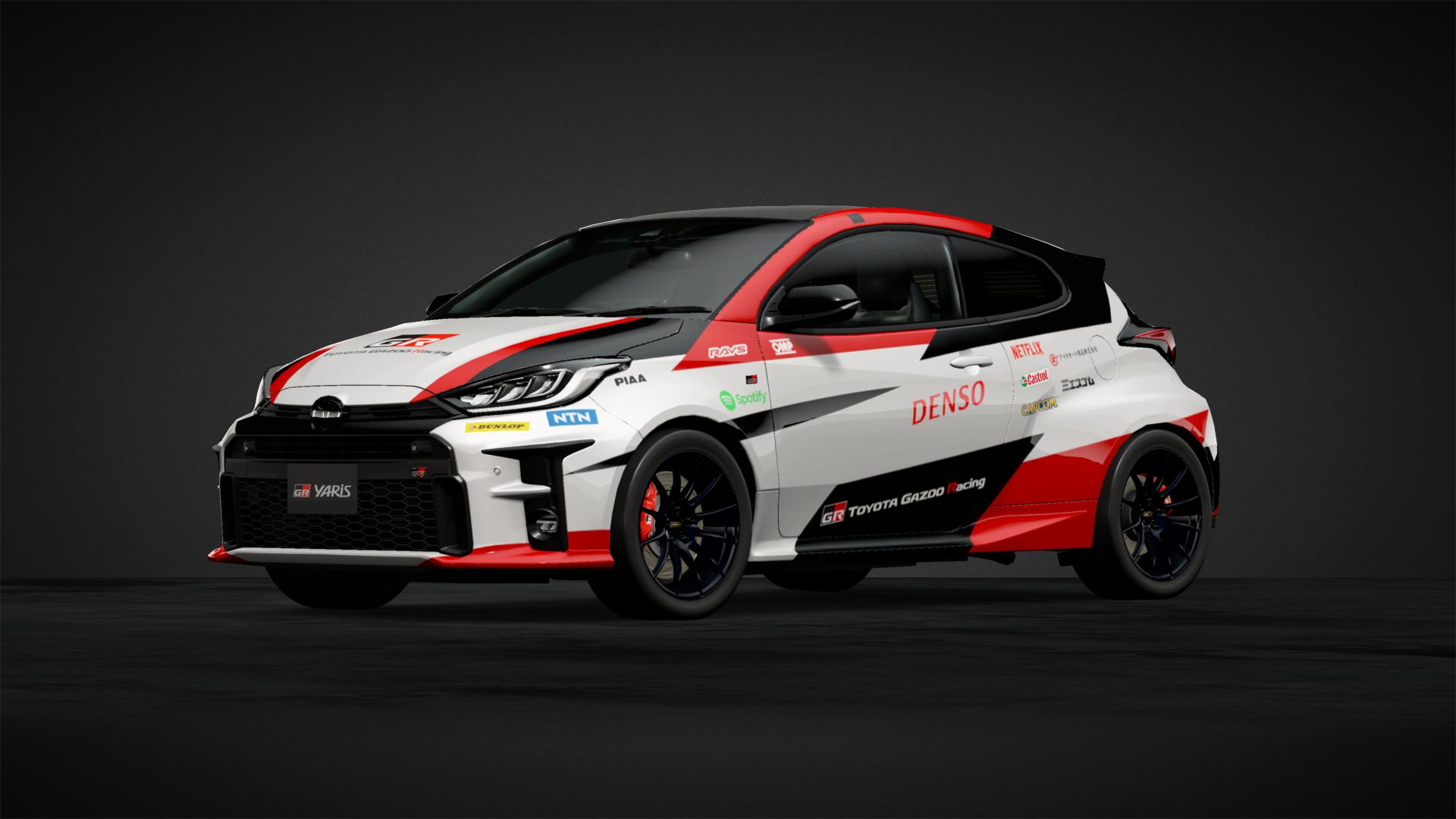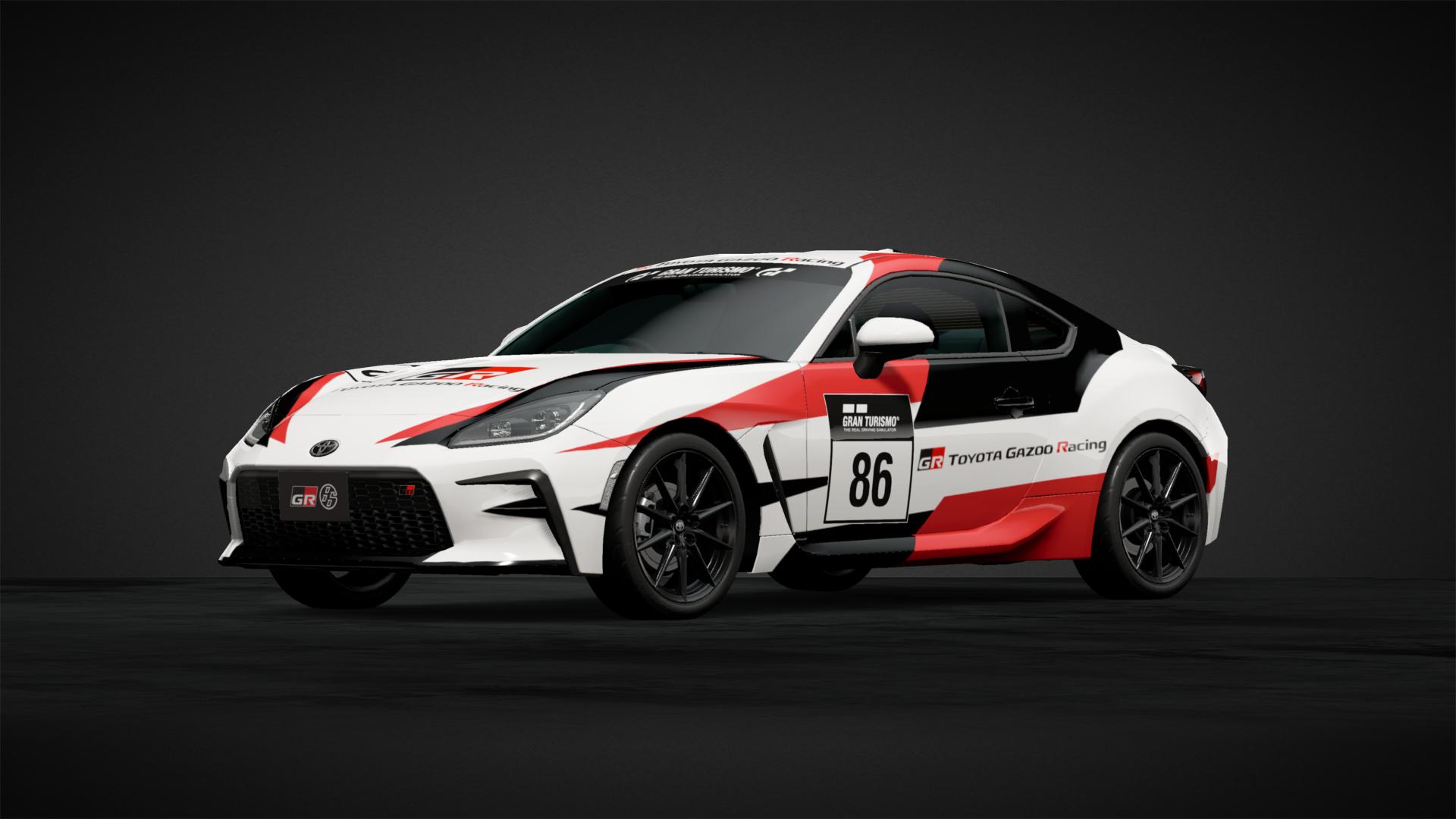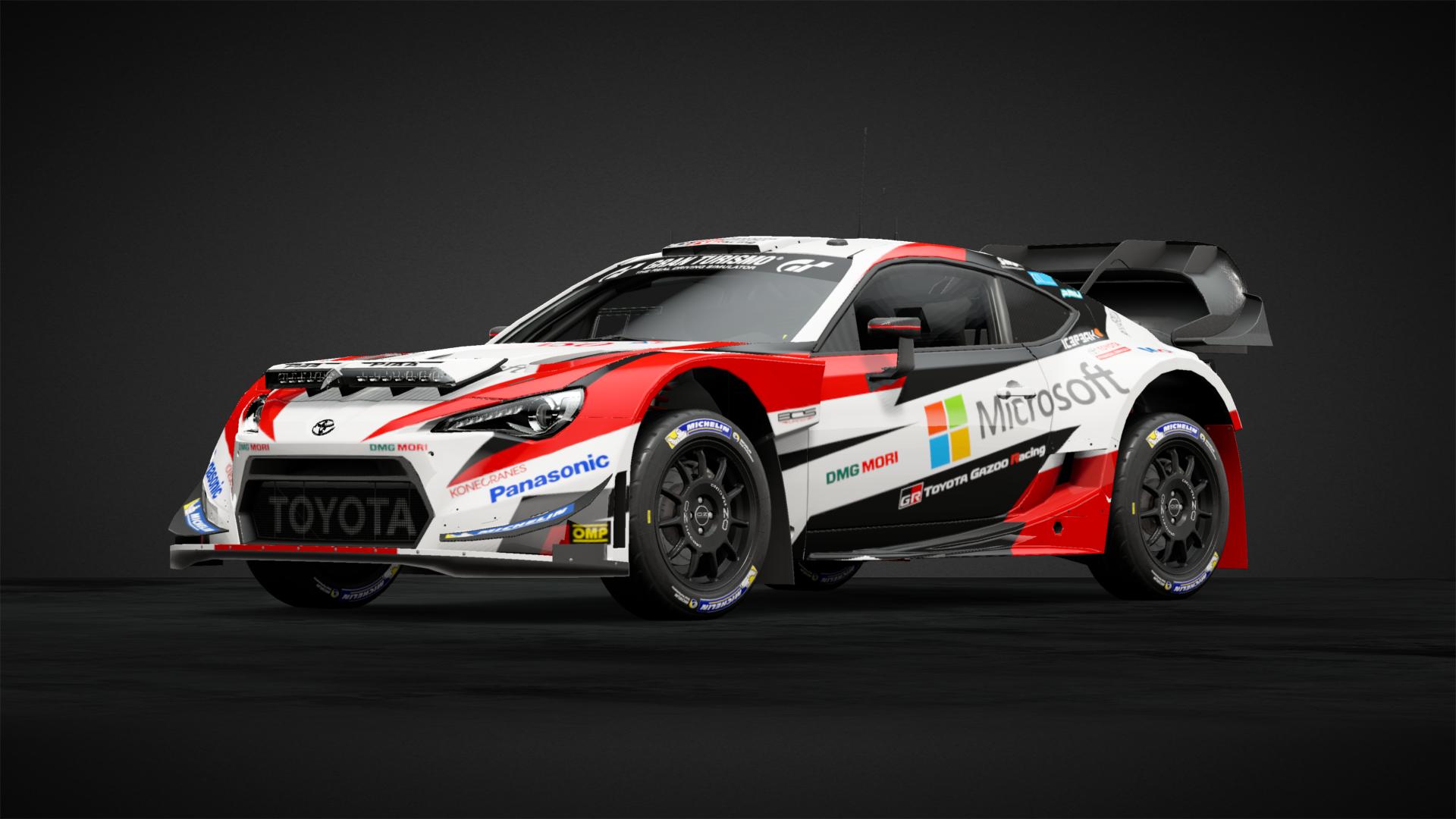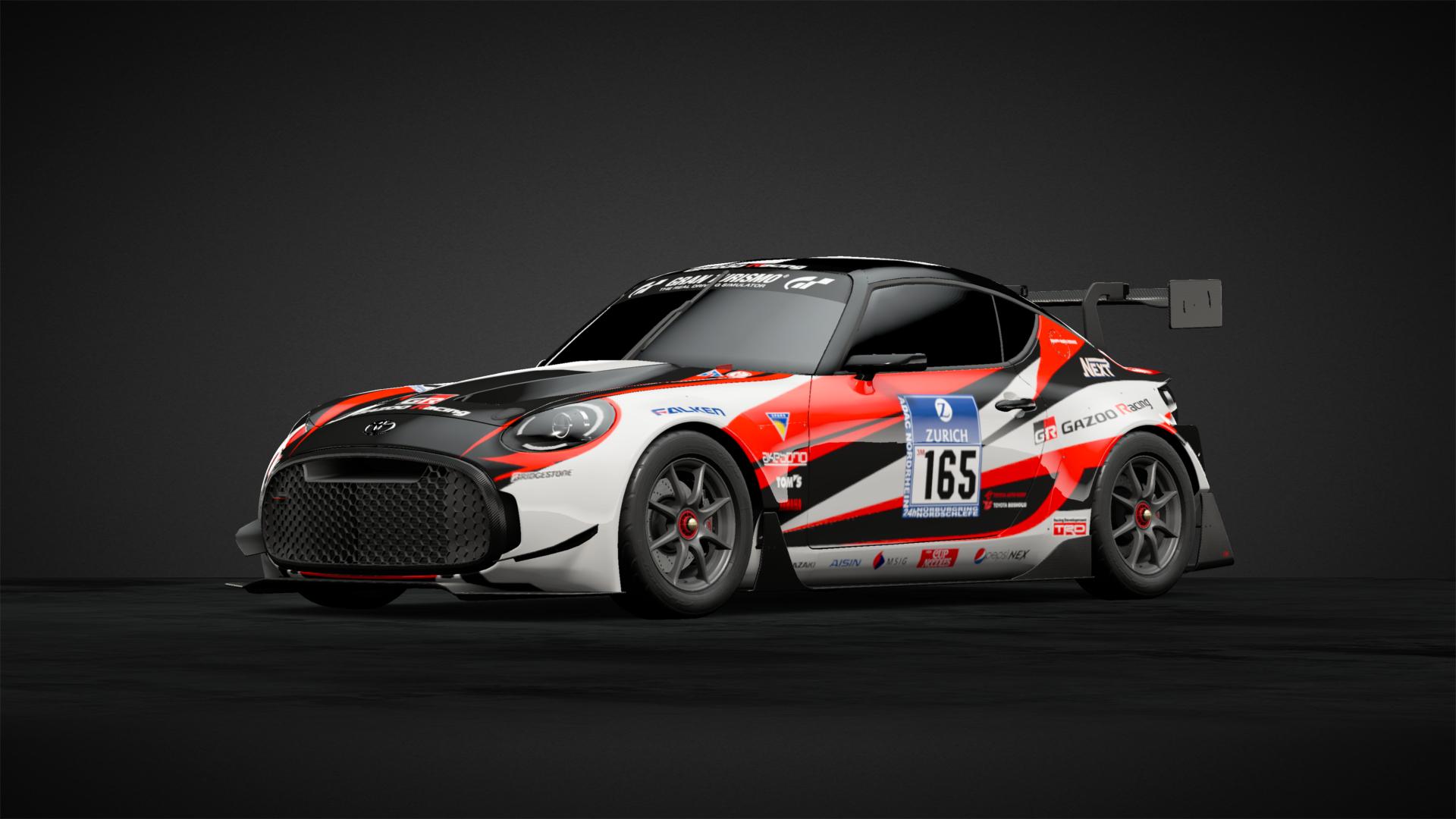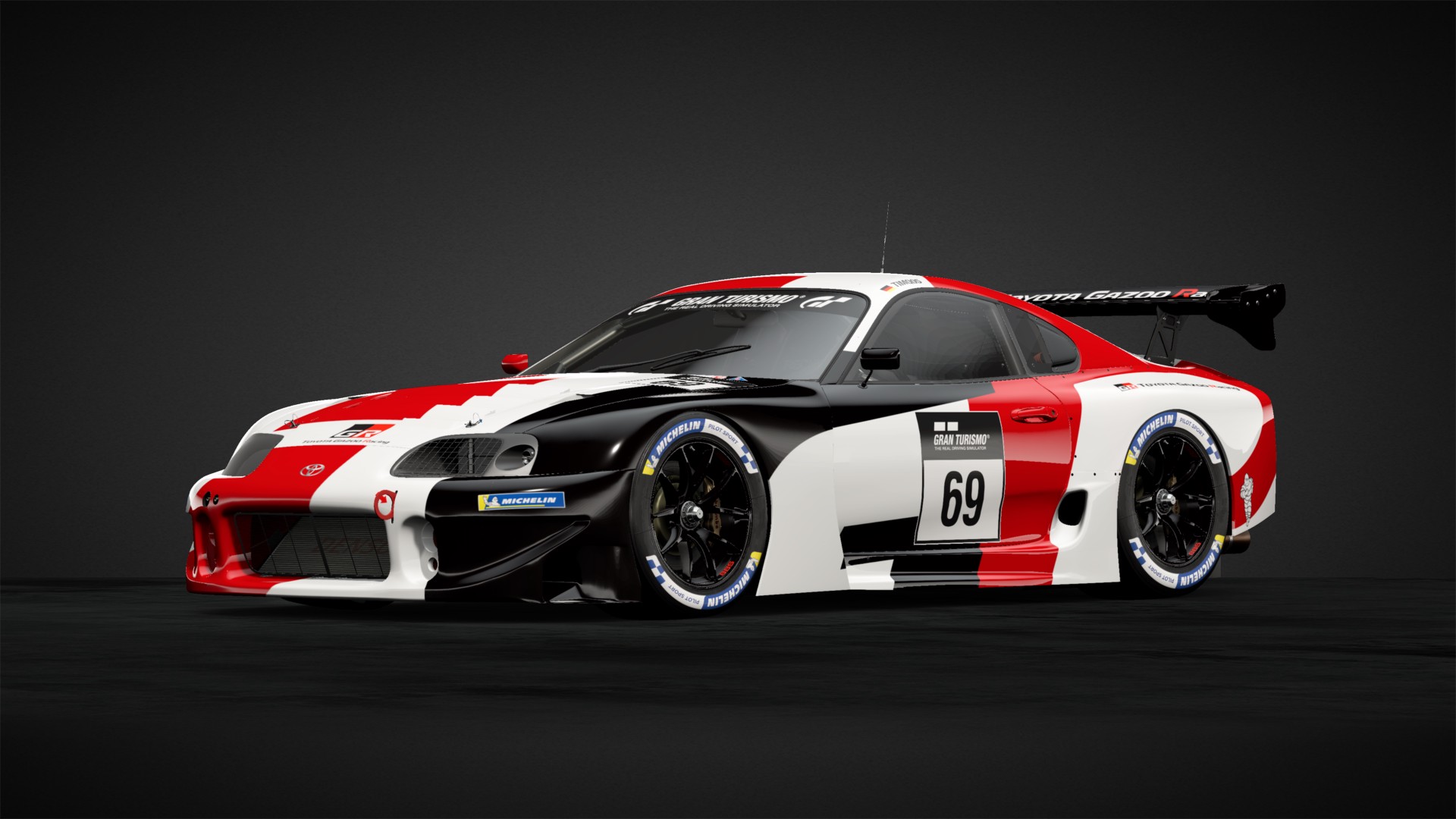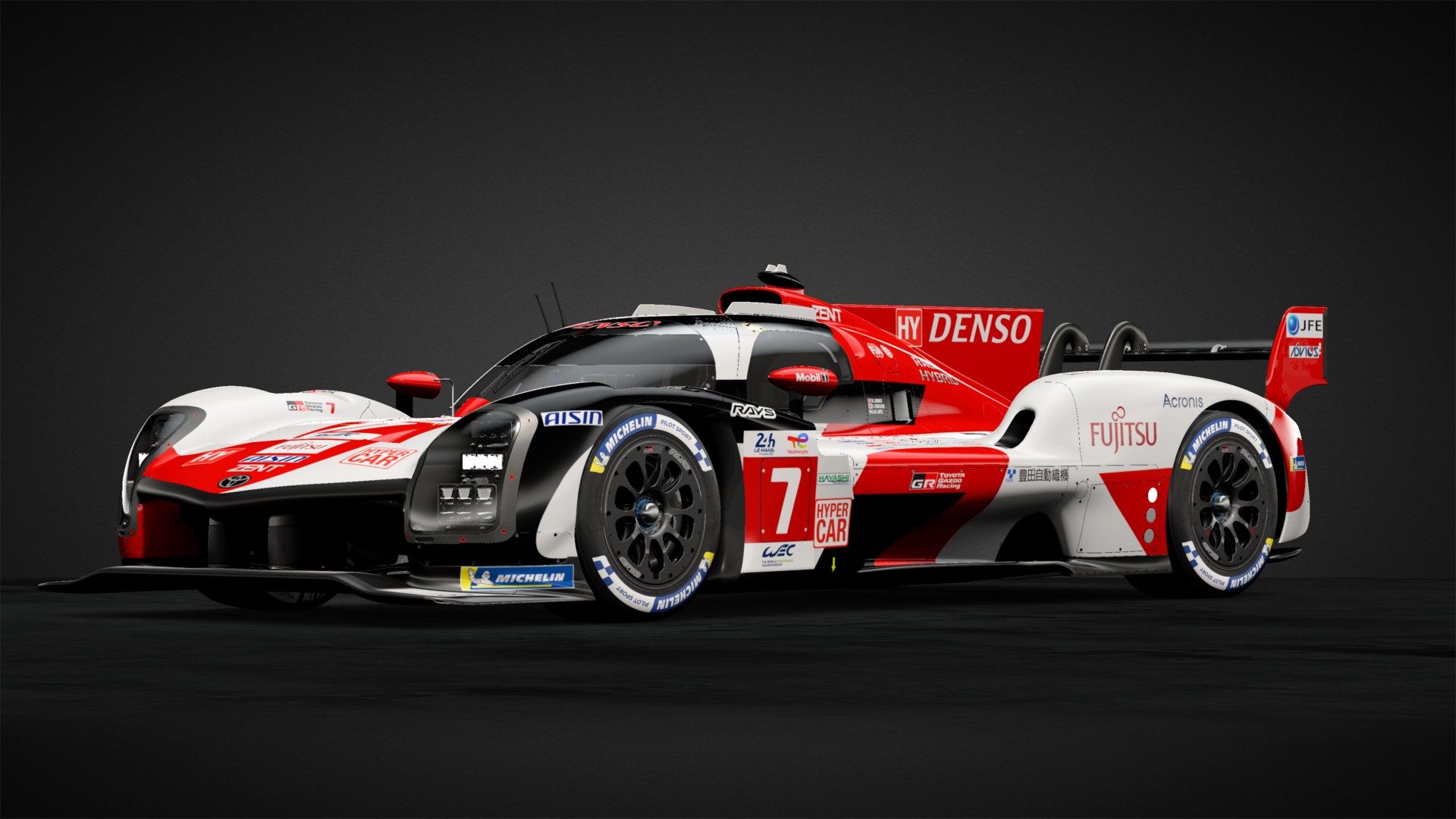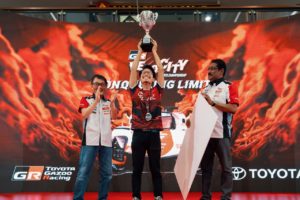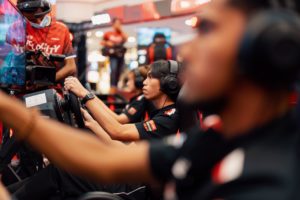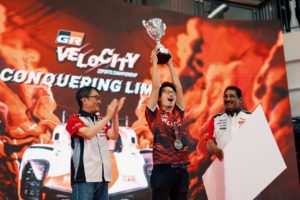ABOUT
TOYOTA GR GT CUP MALAYSIA CHAMPIONSHIP
Formerly known as TGR Velocity eSports Championship, the TGR GT Cup Malaysia Championship is one of the country’s biggest racing simulation events, and is brought to you by Toyota Malaysia.
Open to participants from all over Malaysia, the championship will require racers to complete a time-trial qualification phase where only 40 drivers with the fastest times will move on to the Quarterfinals. The top 20 drivers then move on to the Semifinals where they will race their hearts out for the final top 10 spots in the Grand Final, taking them one step closer to being crowned Malaysia’s fastest sim racing driver.
Participants stand to take home a share of the RM90,500 prize pool! The winner of this tournament will represent Malaysia in the GT Cup Asia Pacific Regional Qualifier and race against some of Asia’s best to secure a spot at the Global Finals.
ABOUT
TOYOTA GR GT CUP MALAYSIA CHAMPIONSHIP
Formerly known as TGR Velocity eSports Championship, the TGR GT Cup Malaysia Championship is one of the country’s biggest racing simulation events, and is brought to you by Toyota Malaysia.
Open to participants from all over Malaysia, the championship will require racers to complete a time-trial qualification phase where only 40 drivers with the fastest times will move on to the Quarterfinals. The top 20 drivers then move on to the Semifinals where they will race their hearts out for the final top 10 spots in the Grand Final, taking them one step closer to being crowned Malaysia’s fastest sim racing driver.
Participants stand to take home a share of the RM90,500 prize pool! The winner of this tournament will represent Malaysia in the GT Cup Asia Pacific Regional Qualifier and race against some of Asia’s best to secure a spot at the Global Finals.
THE GAME
Gran Turismo’s larger than life appeal is thanks to its genre-defining graphics, extensive licensed cars, and a pioneer in gaming vehicle dynamics has it fondly billed as “The Real Driving Simulator”.
With the return of Gran Turismo 7, the PlayStation flagship demonstrates not only the system’s potential, but also the future of sim-racing – extending their legacy from Gran Turismo Sport and industry insights – sharing the culture and love of the automotive industry. Gran Turismo 7 sets to inspire the next generation of petrolheads and sim racers!

CAMPUS TOUR
For the first time, we are bringing the sim racing experience to university students with the TGR GT Cup Campus Tour. Students from six universities across Peninsular Malaysia will get to try their hand at sim racing right on their campus, win merchandise, meet TGR celebrities, and more. That’s not all, the top 10 student racers will be invited to face off at the Grand Finals event.
| ACTIVATION | LOCATION & UNIVERSITY | DATE |
|---|---|---|
| 1 | UNITAR | 31 May – 1 June |
| 2 | UITM PASIR GUDANG | 6 – 7 June |
| 3 | UiTM Shah Alam | 8 – 9 June |
| 4 | INTI SUBANG JAYA | 14 – 15 June |
| 5 | SUNWAY UNIVERSITY | 3 – 4 July |
| 6 | INTI Penang | 5 – 6 July |
THE CARS
TOYOTA GAZOO RACING – PUSHING THE LIMITS FOR BETTER CARS
Toyota’s history in motorsports dates back more than 60 years. Having raced in all manner of motorsports throughout the world, Toyota’s major successes gained under the most extreme conditions serve as the flesh and blood for building tomorrow’s cars – to embody the concept of “Roads Build People and Cars.”
Toyota refines every aspect of its cars on the world’s roads and unsparingly applies the knowledge and technology gained in this way as feedback. All is for “building ever-better cars.” Holding this philosophy which has remained unchanged for more than 60 years, Toyota continues to push the limits.
